I hope you enjoy reading this blog post.
If you want to get more traffic, Contact Us

Click Here - Free 30-Minute Strategy Session
Be quick! FREE spots are almost gone for this Month. Free Quote
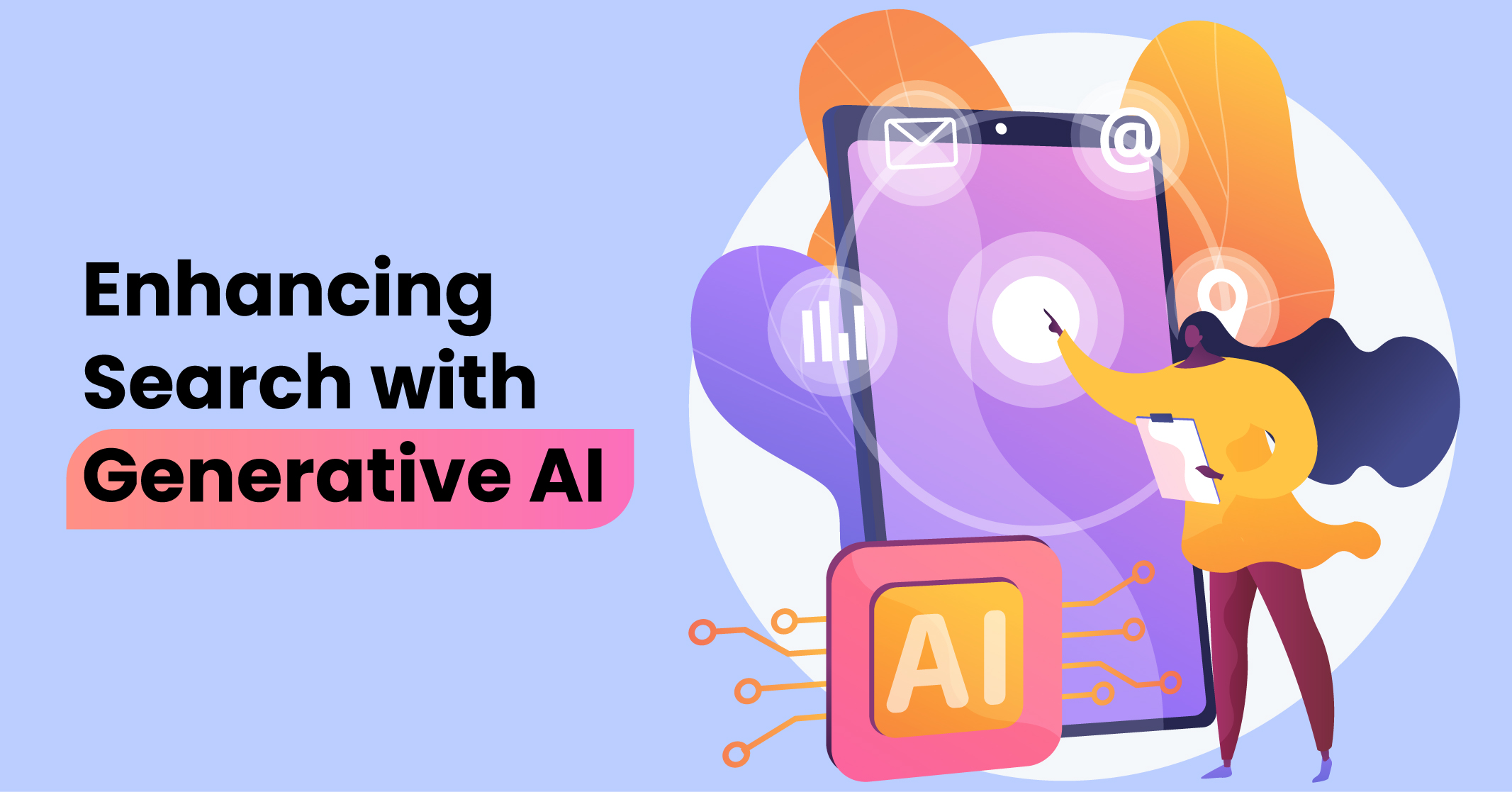
On May 25, Google granted access to exclusive generative AI capabilities to a select group of users. This highly anticipated development had been eagerly awaited by the digital marketing community ever since Google’s earlier announcement.
In this article, we will delve into these changes and explore the profound impact of generative AI on the success of digital marketers striving to drive traffic from search engines.

Click Here – Free 30-Minute Strategy Session
Be quick! FREE spots are almost gone for this Month
Here’s a concise summary:
Throughout this discussion, we’ll emphasise the pivotal role of AI tools like Generative AI and ChatGPT in shaping the future of digital marketing.
Learn More: Project Magi: The Future of AI-Driven Search Tools
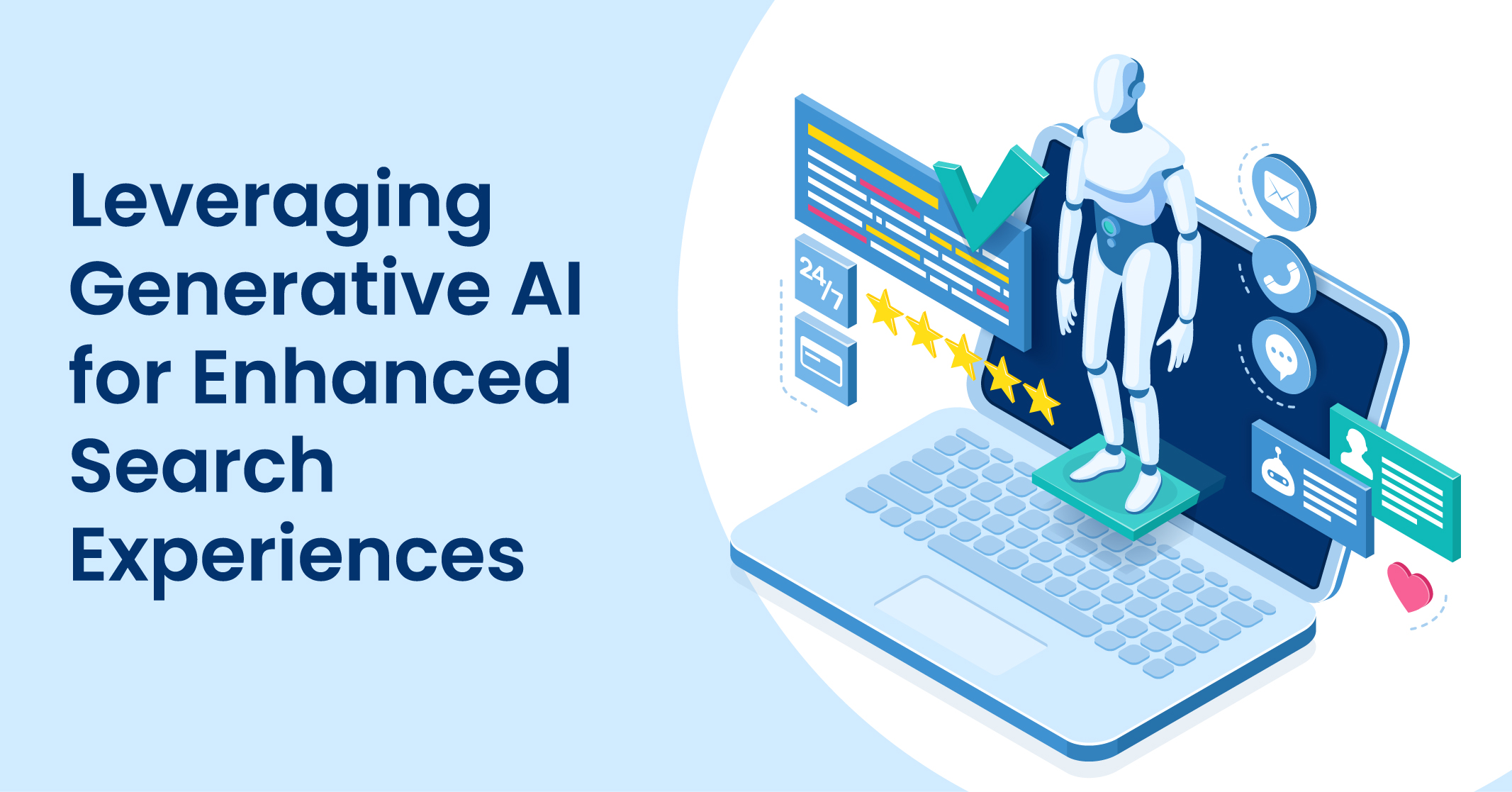
The introduction of Google’s Search Generative Experiences (SGE) feature will inevitably lead to a decrease in organic search traffic from Google. This is primarily because users will find relevant information directly within the SGE, resulting in fewer clicks on organic search results.
One noticeable impact of SGE can be observed in informational searches, where Google aggregates or provides comprehensive answers, reducing the need for users to click on individual websites. For instance, even though Synchrony Bank may rank number one, users might find sufficient information within the SGE and not click on the organic result.
While the impact of SGE is significant, it is important to note that its perceived impact may outweigh its actual influence. SGE often bears the blame for changes occurring in the broader search landscape. Over time, click-through rates (CTR) for informational queries have been declining, while some commercial queries have experienced an increase in CTR.
In addition to SGE, ChatGPT, another generative AI tool, is also likely to capture a small percentage of searches from Google. The integration of ChatGPT into Bing’s search results helped Bing surpass 100 million users, although it did not substantially change its market share.
To gain a significant share, Bing would require additional distribution channels. Bing’s investment in Chat OpenAI has provided it with increased distribution through OpenAI’s website, which receives substantial global traffic. However, Bing still trails behind in the United States market, but this dynamic may shift over time.
Overall, these developments highlight the importance of understanding and leveraging generative AI tools for various use generative AI cases, such as enhancing search experiences, providing relevant generative AI examples, and exploring potential applications.
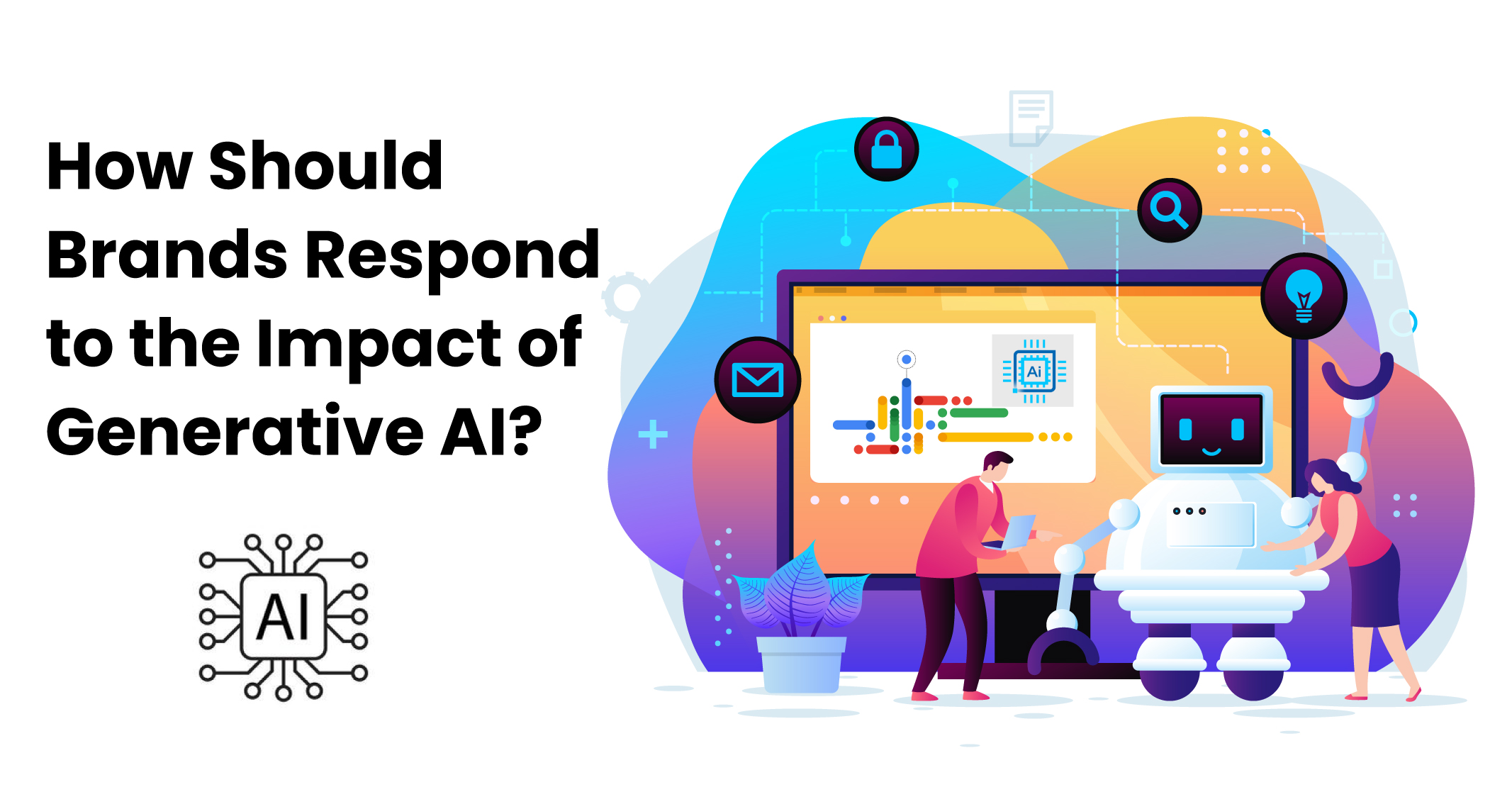
Although organic search traffic is expected to decrease by an uncertain percentage, it remains a valuable source for driving traffic, generating leads, and increasing brand visibility.
To adapt to the changing dynamics of generative AI in search, brands should emphasise the following three areas:
By focusing on these areas, brands can adapt to the changes brought about by generative AI in search while leveraging organic search as a powerful driver of traffic, leads, and brand recognition.
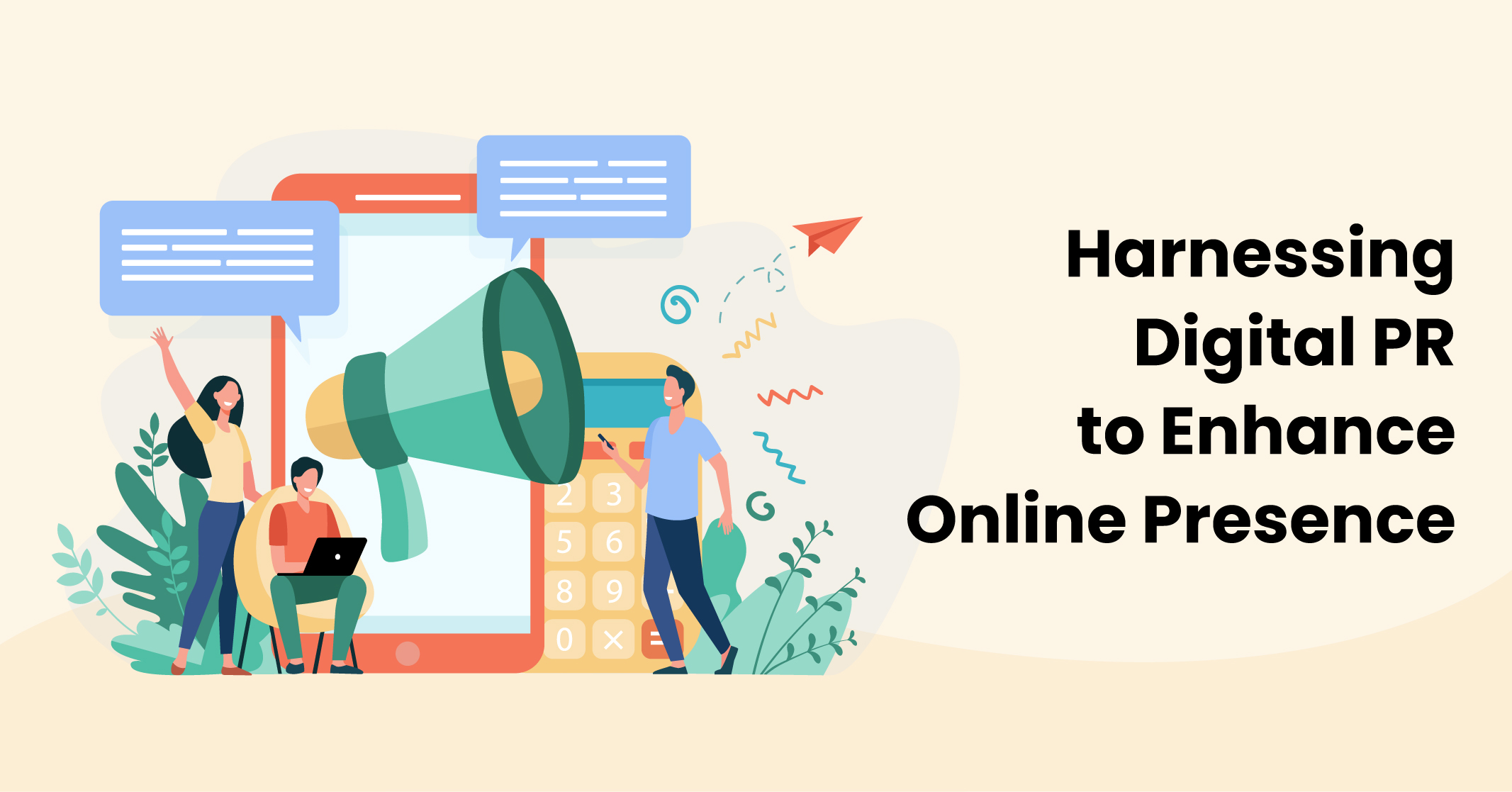
In 2020, HubSpot introduced the concept of “surround sound SEO,” a strategic approach aimed at maximising brand visibility across multiple top-ranking pages for relevant keywords. Instead of solely focusing on ranking your own domain at the top, the objective is to secure mentions and backlinks on authoritative websites that already hold prominent positions in search results.
This approach creates an immersive experience for potential customers, ensuring your brand appears frequently when they explore high-ranking search results, irrespective of generative AI-driven outcomes.
The essence of surround sound SEO lies in expanding search coverage, extending your reach to a wider audience, and differentiating yourself from competitors. This comprehensive strategy not only directly contributes to generating more leads and sales but also enhances your ranking for non-branded queries in which you can compete effectively.
To illustrate, consider a scenario where a fitness equipment brand implements surround sound SEO. Rather than solely focusing on getting their website to rank at the top, they proactively seek opportunities to be mentioned and linked on reputable fitness blogs, health magazines and influential social media profiles.
As a result, when users search for fitness-related terms, they encounter the brand’s name, products, and content across various authoritative platforms, enhancing brand visibility and establishing credibility. This integrated approach helps the brand capture a broader audience, generate more organic traffic, and ultimately drive additional leads and sales.
By implementing surround sound SEO, brands can leverage the power of authoritative mentions and backlinks to increase their search presence, connect with more potential buyers, and gain a competitive edge in the online landscape.
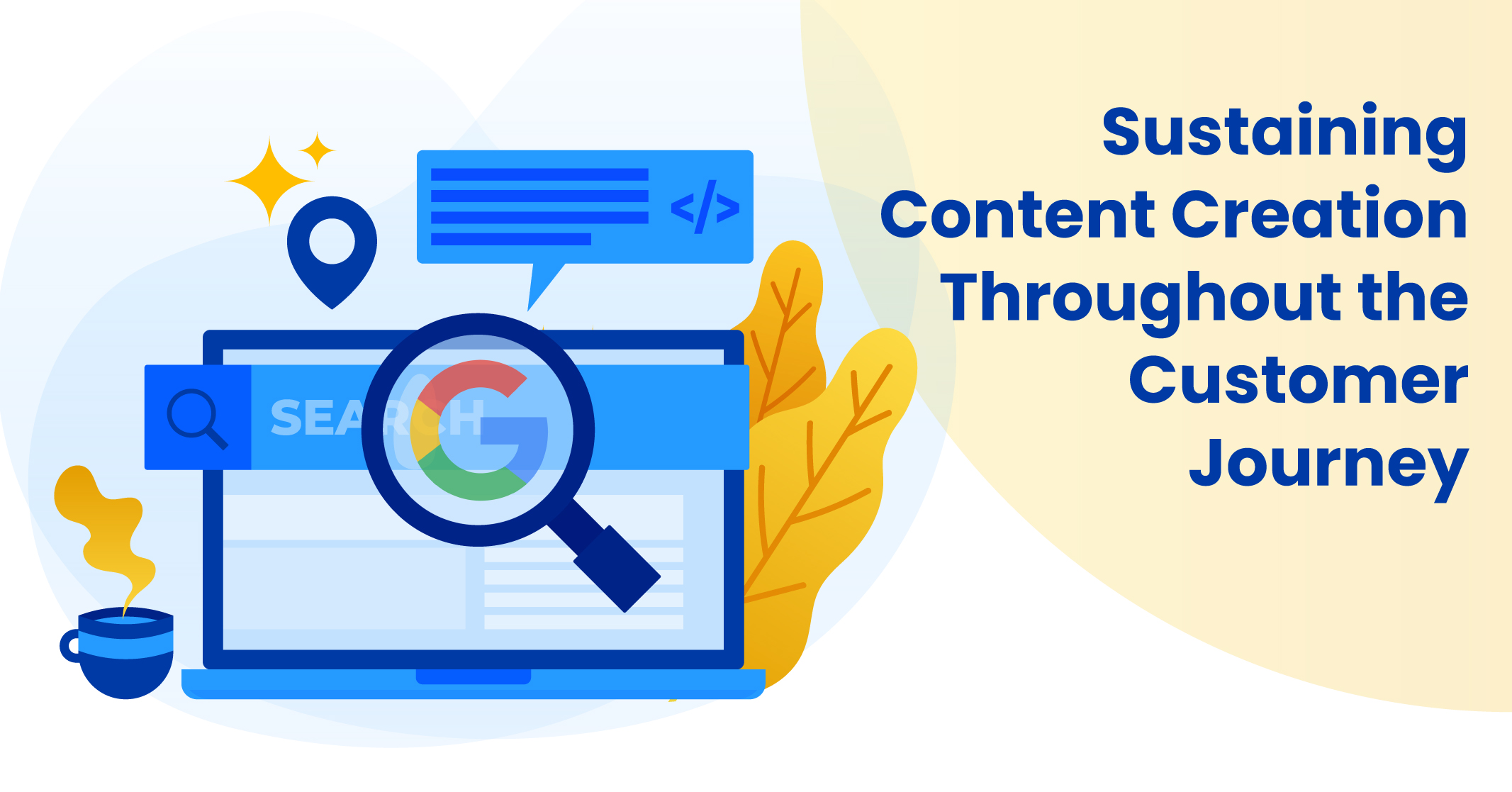
Despite the potential decrease in traffic due to Google’s Search Generative Experiences (SGE), investing in content that addresses your potential customers’ questions remains valuable for establishing authority and depth in search engine rankings.
To ensure your content stands out from generative AI tools like ChatGPT or Bard, focus on delivering unique value and information that goes beyond what these tools provide. It’s crucial to introduce new insights and information to engage your audience effectively.
To differentiate your content across different stages of the marketing funnel, consider the following strategies:
Top of Funnel:
Mid-Funnel:
Bottom of Funnel:
By implementing these strategies, you can navigate the evolving search landscape influenced by generative AI and effectively engage your target audience, drive leads, and increase brand visibility.

In the realm of long-term strategies, the most impactful ones often defy easy measurement. Word-of-mouth marketing and traffic from dark social channels hold immense value, even though quantifying their impact can be challenging, particularly when relying on last-click attribution models.
To make the most of these strategies, it’s crucial to identify the platforms where your target audience is active and invest in creating content specifically for those channels. By engaging with the community and offering valuable insights, your brand becomes more visible and is perceived as a provider of value.
Consider the concept of zero-click content, as popularised by Amanda Natividad at SparkToro. Embrace the idea of generously sharing valuable information without expecting direct ROI tracking. This approach may seem contrary to traditional marketing teachings, but it can yield remarkable results. By offering concise and valuable content, you save your audience time and effort, establishing trust and leaving a lasting impression.
The paradoxical nature of zero-click content lies in the fact that when you create content so valuable that it doesn’t require users to leave the platform, it increases the likelihood of your audience liking, remembering, and eventually responding to your call to action.
Engaging with your audience on external platforms provides not only positive outcomes for your brand but also valuable insights into additional pain points or unmet needs that your audience may be experiencing. This information can be incorporated into your content roadmap, further enhancing its relevance and impact.
By implementing these strategies, you can foster long-term relationships, build trust, and gain deeper insights into your audience’s needs, all while embracing the intangible but powerful effects of word-of-mouth marketing and dark social traffic.
Generative AI, a branch of artificial intelligence, employs machine learning algorithms to create fresh content that imitates human creativity and decision-making. By analysing extensive datasets, generative AI systems learn patterns and generate new content across various mediums such as text, images, music, and virtual environments.
Ongoing research and development efforts contribute to the refinement of algorithms and techniques, driving the advancement of generative AI technology.
You might wonder how to use ChatGPT API. Generative AI operates by training a deep neural network on an extensive dataset, encompassing images, text, or audio samples. Through this training process, the network learns intricate patterns and correlations among various data attributes.
Once trained, the network can generate fresh data that share similarities in style or structure with the original dataset. This is accomplished by providing a random input to the network, which passes through its layers to produce an output resembling the initial data.
Indeed, ChatGPT is an exemplar of generative AI. Through employing advanced natural language processing (NLP) techniques, it generates responses resembling human-like interactions in response to user queries. The ChatGPT model undergoes training on an extensive collection of textual data, leveraging deep learning algorithms to comprehend the context and semantics of the input text.
Subsequently, it produces relevant and coherent responses aligned with the given input. ChatGPT has demonstrated exceptional performance across multiple NLP tasks, encompassing language translation, summarisation, and question-answering.
Generative AI and AI are both branches of artificial intelligence, but they vary in their methods and abilities. AI encompasses systems created to execute specific tasks like image recognition or natural language processing. These systems undergo training on extensive datasets and employ algorithms to make decisions based on the available data.
In contrast, generative AI is focused on generating fresh content or output that resembles what it has been trained on. This form of AI utilises deep learning methods to produce novel content, such as images, music, or text.

LEAVE A REPLY